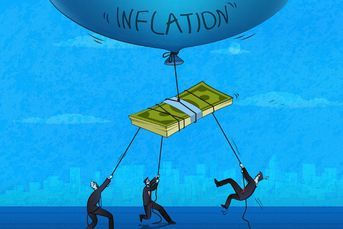Health insurance premiums soar
U.S. workers' health insurance premiums rose 63% between 2003 and 2010 as employers shifted more of the burden of rising medical costs to individuals and families, according to a study from The Commonwealth Fund
U.S. workers’ health insurance premiums rose 63% between 2003 and 2010 as employers shifted more of the burden of rising medical costs to individuals and families, according to a study from The Commonwealth Fund.
The total cost of insuring a family through employer-sponsored health plans rose 50% over that period, reaching an average of $13,871 a year last year, according to the study, which was based on annual government surveys of companies.
Although the study revealed state-by-state disparities, it documented the growing burden of health care on employers and individuals in the years leading up to passage of the 2010 health care law, its authors said.
“Whether you live in California, Montana or West Virginia, health insurance is ever more expensive,” said Cathy Schoen, senior vice president of The Commonwealth Fund and lead author of the study. “Out-of-pocket costs for premiums and care are consuming a larger share of people’s incomes at a time when incomes are down in a majority of states.”
Focusing on premiums ignores the underlying factors driving health care spending, said Robert Zirkelbach, a spokesman for America’s Health Insurance Plans, a lobbying group.
Factors include “soaring prices for medical services, changes in the risk pool with younger people dropping their coverage and new benefit and coverage mandates,” he said.
DIFFERENCES BY STATE
Employers and workers split the cost of health insurance premiums.
Workers paid the lowest share in Michigan, Montana, Vermont, Pennsylvania and Kentucky, the study showed. Employees in Delaware, Maine, Virginia, Texas and Florida made the highest premium contributions.
Workers bore higher out-of-pocket costs, as well. By 2010, employers required almost three quarters of workers to pay deductibles in addition to their share of premiums, compared with about half in 2003.
Average deductibles for individuals exceeded $1,000 in 29 states as of 2010, the study found. They were highest in Wyoming, where the average was $1,479, and lowest in Hawaii, where the average was $519.
If the trend continues, the average premium for family coverage will increase 72% to almost $24,000 a year by 2020, Ms. Schoen said.
Provisions in the health care law may slow the trend and deliver savings of more than $2,000 a year for a family.
Learn more about reprints and licensing for this article.








